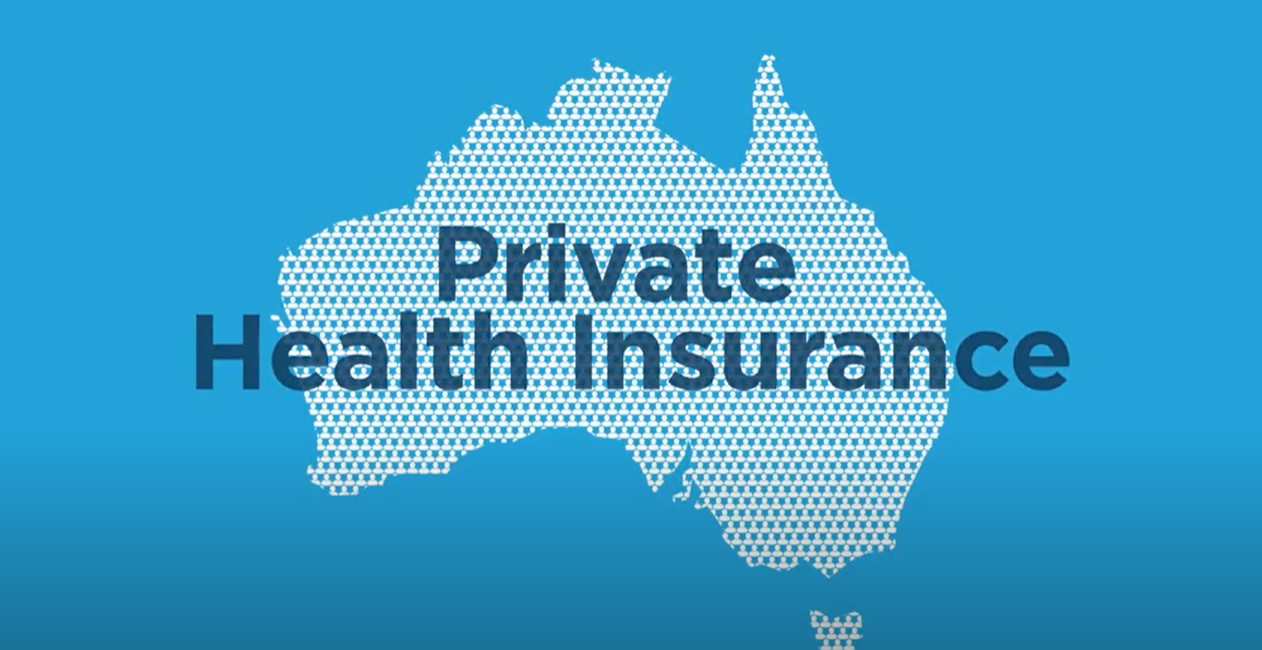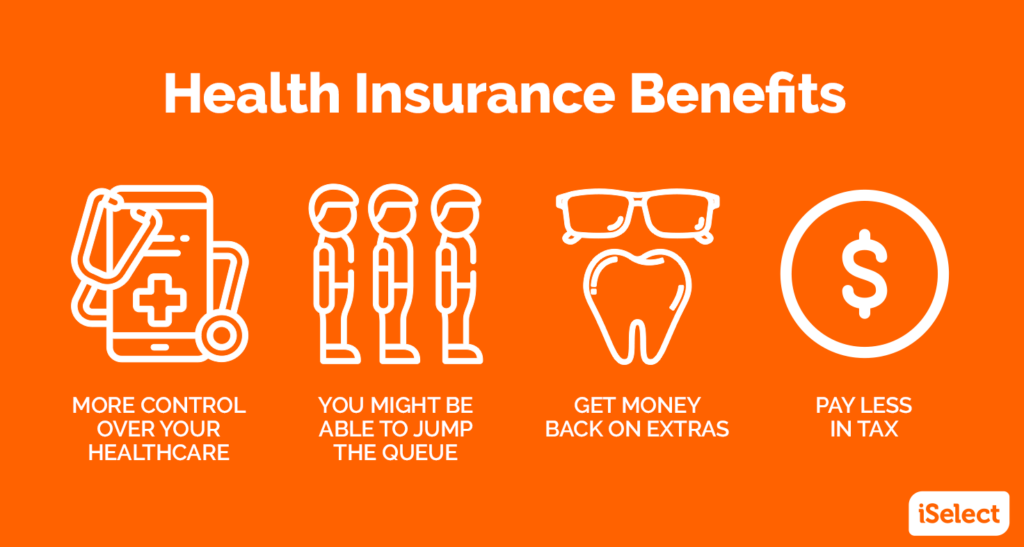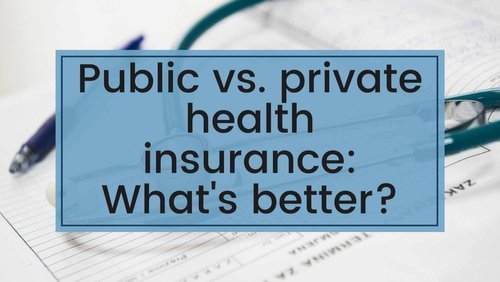Private health insurance is a financial product designed to help individuals and families cover medical expenses that may not be fully paid for by public healthcare systems. Unlike government-funded healthcare, private insurance allows policyholders to access a wider range of medical services, reduce waiting times for treatments, and choose their preferred doctors and hospitals.
This comprehensive guide will explain private health insurance in depth—how it works, its advantages and disadvantages, the different types of plans available, how to choose the best policy, and answers to common questions.
What Is Private Health Insurance?
Private health insurance is a contract between an individual and an insurance company where the insurer agrees to cover part or all of the policyholder’s medical expenses in exchange for regular premium payments. Coverage can include:
- Hospital treatments (surgeries, inpatient care)
- Doctor visits (GP and specialist consultations)
- Prescription medications
- Dental and optical care
- Physiotherapy and chiropractic services
- Mental health support
How It Differs from Public Healthcare
| Feature | Private Health Insurance | Public Healthcare |
|---|---|---|
| Funding | Paid by individuals/employers | Funded by taxpayers |
| Access | Faster, with more choices | Often has long wait times |
| Coverage | Broader (can include extras) | Basic medical care |
| Cost | Premiums, deductibles, co-pays | Free or low-cost at point of use |
Public healthcare systems (like the NHS in the UK or Medicare in Australia) provide essential medical services to all citizens, but they may have limitations in terms of waiting times and available treatments. Private insurance supplements or replaces public coverage, offering more flexibility and faster access to care.
Why Do People Choose Private Health Insurance?
1. Faster Access to Medical Care
- Public healthcare systems often have long waiting lists for non-emergency surgeries (e.g., hip replacements, cataract surgery). Private insurance can help patients get treated sooner.
2. Greater Choice of Healthcare Providers
- Patients can select their preferred doctors, specialists, and hospitals rather than being limited to public facilities.
3. Better Hospital Amenities
- Private hospitals often offer private rooms, better food, and more personalized care.
4. Coverage for Additional Services
- Many private plans include dental, vision, physiotherapy, and mental health services, which may not be fully covered by public healthcare.
5. Financial Protection Against High Medical Costs
- Major surgeries or chronic illnesses can lead to significant expenses. Private insurance helps reduce out-of-pocket costs.
6. Tax Benefits (In Some Countries)
- Some governments offer tax rebates or incentives for holding private health insurance (e.g., Australia’s Private Health Insurance Rebate).
Types of Private Health Insurance Plans
1. Hospital Cover
- Covers in-patient treatments, surgeries, and hospital stays.
- May include:
- Private hospital rooms
- Choice of surgeon
- Coverage for elective surgeries
2. Extras Cover (Ancillary Cover)
- Pays for non-hospital medical services such as:
- Dental check-ups and procedures
- Glasses and contact lenses
- Physiotherapy and chiropractic care
- Psychology sessions
3. Combined Cover
- Bundles hospital and extras coverage into one policy (often more cost-effective).
4. International Health Insurance
- For expatriates, frequent travelers, or digital nomads.
- Covers medical treatment worldwide.
5. Critical Illness Insurance
- Pays a lump sum if diagnosed with a serious illness (e.g., cancer, stroke, heart attack).
- Can help cover treatment costs or replace lost income.
6. Top-Up Insurance
- Supplements public healthcare by covering gaps (e.g., co-payments or uncovered treatments).
How Does Private Health Insurance Work?
Step 1: Choosing a Plan
- Compare policies based on:
- Coverage (what’s included and excluded)
- Premium costs (monthly or annual payments)
- Excess (the amount you pay before insurance kicks in)
- Waiting periods (time before certain claims are covered)
Step 2: Paying Premiums
- Regular payments (monthly, quarterly, or annually) keep the policy active.
Step 3: Making a Claim
- Direct Billing: The insurer pays the healthcare provider directly.
- Reimbursement: You pay upfront and submit a claim for repayment.
Step 4: Understanding Out-of-Pocket Costs
- Excess (Deductible): A fixed amount you pay for hospital admissions.
- Co-payment: A percentage of the treatment cost you share with the insurer.
How to Choose the Right Private Health Insurance
1. Assess Your Healthcare Needs
- Young & Healthy? A basic hospital plan may suffice.
- Family with Kids? Look for pediatric dental and GP coverage.
- Chronic Condition? Ensure pre-existing conditions are covered.
2. Compare Multiple Insurers
- Use comparison websites or consult a broker.
- Check:
- Coverage limits
- Exclusions (what’s not covered)
- Network of doctors/hospitals
3. Check Costs Beyond Premiums
- Excess: Higher excess = lower premiums (but more out-of-pocket when claiming).
- Co-payments: Some plans require you to pay 10-20% of treatment costs.
4. Read the Policy Fine Print
- Waiting Periods: Some treatments (e.g., pregnancy, pre-existing conditions) may have 6-12 month waiting periods.
- Lifetime Limits: Some policies cap payouts for certain conditions.
5. Check Insurer Reputation
- Look at customer reviews and complaint records.
- Check claim approval rates (some insurers reject more claims than others).
Pros and Cons of Private Health Insurance
Advantages
Shorter wait times for surgeries and specialist visits.
More choice of doctors and hospitals.
Better hospital amenities (private rooms, better food).
Coverage for extras (dental, optical, physio).
Financial protection against high medical bills.
Disadvantages
Can be expensive, especially for comprehensive coverage.
Exclusions and waiting periods may apply.
Complex policies with fine print that’s hard to understand.
Risk of premium increases over time.
Private Health Insurance vs. Public Healthcare: Which Is Better?
| Factor | Private Insurance | Public Healthcare |
|---|---|---|
| Cost | Premiums + out-of-pocket costs | Free or low-cost |
| Wait Times | Short (days/weeks) | Long (months/years) |
| Choice | Wide (pick doctors/hospitals) | Limited (assigned providers) |
| Coverage | Extensive (extras included) | Basic medical care |
Best for:
- Private Insurance: Those who want faster care, more choices, and extras coverage.
- Public Healthcare: Those who can’t afford premiums or only need basic care.
Frequently Asked Questions (FAQs)
Q. Is private health insurance worth it?
- Yes, if you:
- Want faster treatment.
- Need dental/optical coverage.
- Can afford premiums.
- No, if you:
- Are healthy and rarely need medical care.
- Can’t justify the cost.
Q. Can I use both public and private insurance?
- Yes, in many countries (e.g., Australia’s Medicare + private insurance).
Q. How much does private health insurance cost?
- Basic plans: $50–$150/month.
- Comprehensive plans: $200–$500+/month.
Q. Are pre-existing conditions covered?
- Sometimes, after a waiting period (e.g., 12 months).
Q. Can I switch insurers easily?
- Yes, but compare policies first to avoid losing benefits.
Final Thoughts
Private health insurance provides valuable benefits—faster medical care, more provider choices, and coverage for additional services. However, it comes at a cost, and not everyone needs it.
Before buying:
Assess your healthcare needs.
Compare multiple policies.
Read the fine print.
Check insurer reputation.
Would you like recommendations for the best private health insurance providers in your country? Let us know in the comments!



